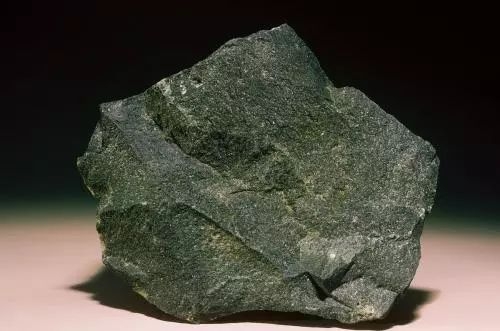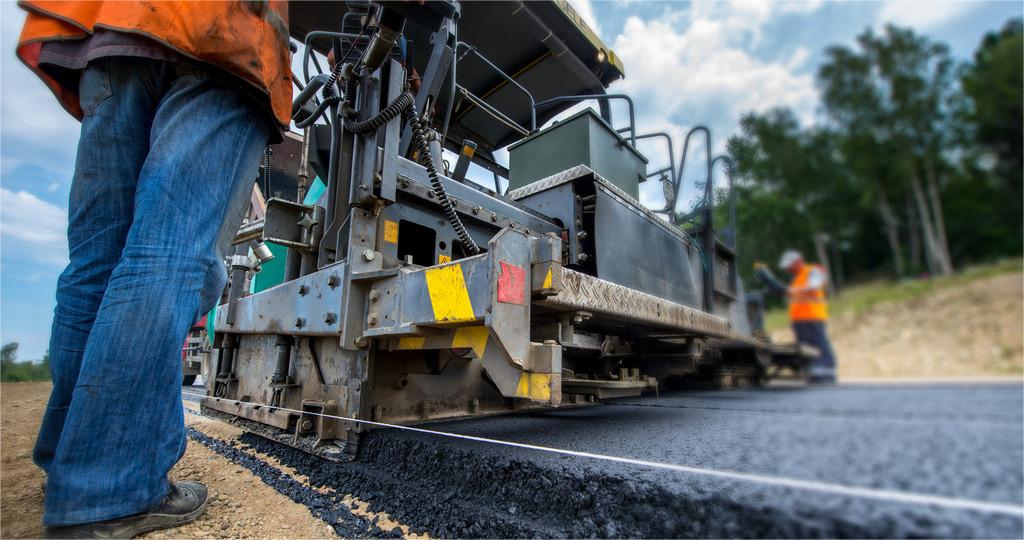
Diabase is a primary epigenetic intrusive rock with a mineral composition akin to gabbro, characterized by its diabase structure. In the case of porphyric diabase, it is referred to as gabbro porphyrite. The rock exhibits a dark green or black coloration. Basic plagioclase and pyroxene are susceptible to alteration; the former often transforms into albite, quartz, zoisite, epidote, etc., while the latter frequently undergoes corrosion resulting in chlorite, hornblende, carbonates, etc. Diabase commonly forms extensive rock beds and bed walls and serves as the principal raw material for cast stone production—a vital industrial material renowned for its exceptional wear and corrosion resistance.Clirik is a professional manufacturer of diabase grinding machines.
The diabase is classified as a basic epigenetic intrusive rock, and it is also commonly referred to as the diabase structure of basic lava or subvolcanic rock. Its composition primarily consists of pyroxene and basic feldspar (shallow rocks equivalent to gabbro), with minor amounts of olivine, biotite, quartz, apatite, magnetite, ilmenite, etc. Weathering often leads to the transformation of basic plagioclase into albite, zoisite, epidote, and kaolinite. Pyroxene frequently undergoes metamorphism into chlorite minerals such as hornblende and carbonate minerals. Chlorite typically exhibits a grayish-green color.

Diabase has a composition similar to gabbro, but it is found at shallower depths and has a smaller grain size compared to gabbro. Additionally, it is less glassy than basalt. Based on the presence of different secondary minerals, diabase can be further classified into olive diabase, quartz diabase, zeolite, orthoclase, etc., which are referred to as alkaline diabases.
The diabase not only serves as an exceptional construction material, but it also finds extensive applications in various sectors including road infrastructure, water resource management, metallurgy, and the chemical industry.

Diabase is extensively utilized in the construction industry for manufacturing various building materials such as stones, bricks, and floors. Due to its exceptional hardness, strong wear resistance properties, as well as resistance against weathering and corrosion effects; diabase finds application in producing premium quality exterior walls for buildings, as well as flooring options including steps. Additionally, owing to its aesthetic appeal; diabase is also employed for creating sculptures or granite ornaments that hold significant artistic value.

The application of diabase in the field of road construction is extensive due to its high hardness, excellent wear resistance, and resistance to corrosion. As a result, it can be utilized for various pavement materials such as roadbeds, pavements, and road shoulders. Moreover, it can also be employed for producing high-grade road surface materials like highways and urban roads.

Diabase is a suitable construction material for hydraulic projects, including the construction of dams, sluice gates, and hydropower stations. Moreover, diabase can also be effectively employed in water conservancy projects to manufacture slope protection stones and breakwaters.
Currently, the majority of rock wool plants employ basalt ore and blast furnace slag as raw materials for producing rock wool or slag wool used in construction and thermal insulation projects. However, due to the inadequate chemical stability of basalt cotton and slag cotton, the fibers possess a coarse diameter, are brittle, and difficult to handle. Moreover, their surface is smooth which leads to poor absorption and dispersion properties. Consequently, when these fibers are utilized as reinforcements in friction material products, there is significant fluctuation in friction and wear properties while exhibiting subpar process performance. On the other hand, diabase ore belongs to basic rock ore found in magmatic rocks that can be directly fused into fiber without requiring additional ingredients. By chemically and physically modifying this type of fiber, it becomes possible to develop a new kind of non-asbestos fiber with adsorption and dispersion properties very similar to those of 6-10 asbestos fibers. Diabase possesses a stable chemical composition with slightly higher SiO2 content compared to basalt but lower K2O and Na2O content. The acidity coefficient meets the requirements for fiber formation by slightly alkaline adjusting auxiliary materials resulting in pure melt quality with good chemical stability.

Capacity: 1-50 t/h
Feed Size: 35 mm
Powder Fineness: 80-325 mesh
The Raymond mill, also known as a pendulum mill, was invented by the Raymond brothers in the 1880s and introduced to China in the 1950s. Over the course of more than one hundred years, YGM Raymond mill (pendulum mill) has undergone continuous innovation and improvement, resulting in its structure being perfected day by day. As an R&D and manufacturing enterprise for Raymond mills, Shanghai Clirik has significantly enhanced the technical indicators of Clirik’s Raymond mill through advanced new technology, representing a beacon of technical innovation for this type of machinery.
The entire Raymond mill is a vertical structure, occupying a relatively small area and providing a comprehensive and integrated set of robust equipment. Whether it is for preliminary raw material processing or transportation, powder production, or final packaging, it can function as an autonomous production system. The utilization of an electromagnetic vibration feeder enables uniform feeding that is easily adjustable due to its compact size, lightweight nature, energy-saving characteristics, and ease of maintenance. Centralized electrical control allows for unmanned operation in the main machine room. Moreover, the primary engine transmission device adopts a closed reducer to ensure smooth and reliable operation.

Capacity: 0.2-45 t/h
Feed Size: ≤20 mm
Powder Fineness: 325-3000 mesh
The HGM ultra-fine ring roller mill is an advanced grinding equipment developed by Shanghai Clirik, leveraging years of production and R&D experience. This mill offers comprehensive mechanical crushing capabilities, encompassing roller pressing, grinding, and impact processes. It finds extensive application in the ultrafine grinding of diverse non-metallic minerals such as talc, calcite, calcium carbonate, dolomite, potassium feldspar, bentonite, kaolin, graphite and carbon with a Mohs hardness below 7 and humidity within 6%. With its exceptional efficiency and energy-saving features for deep processing of non-metallic minerals.
Compared to similar mill products, the HGM series ring roller mill features a combined structure for the grinding pair and a multi-angle diamond structure for the transmission spindle. The equipment exhibits robust crushing capability, requires minimal maintenance, and boasts low cost. It effectively overcomes the limitation of other market-available equipment with regards to achieving low 2µm powder content by processing <6µm powder (with a pass rate of 97%) in one step, wherein more than 50% of fine powder is less than 2µm. Furthermore, it achieves high capacity utilization rate and large crushing ratio by processing <10µm micro powder (with a pass rate of 97%) from feed particle size <10mm calcium carbonate granules. The product demonstrates excellent particle size distribution and stable performance due to its built-in grading mechanism and unique grading wheel structure that ensure concentrated powder particles without any significant particle pollution.
Clirik is a reputable manufacturer of mining machinery and equipment, renowned for their global popularity. If you have any interest in our top-notch equipment, please feel free to contact us using the information provided on this page. Moreover, we boast a team of highly skilled engineers and technicians who are capable of tailoring machinery and equipment to meet your specific requirements, ensuring that they perfectly suit your needs. We eagerly await your call!